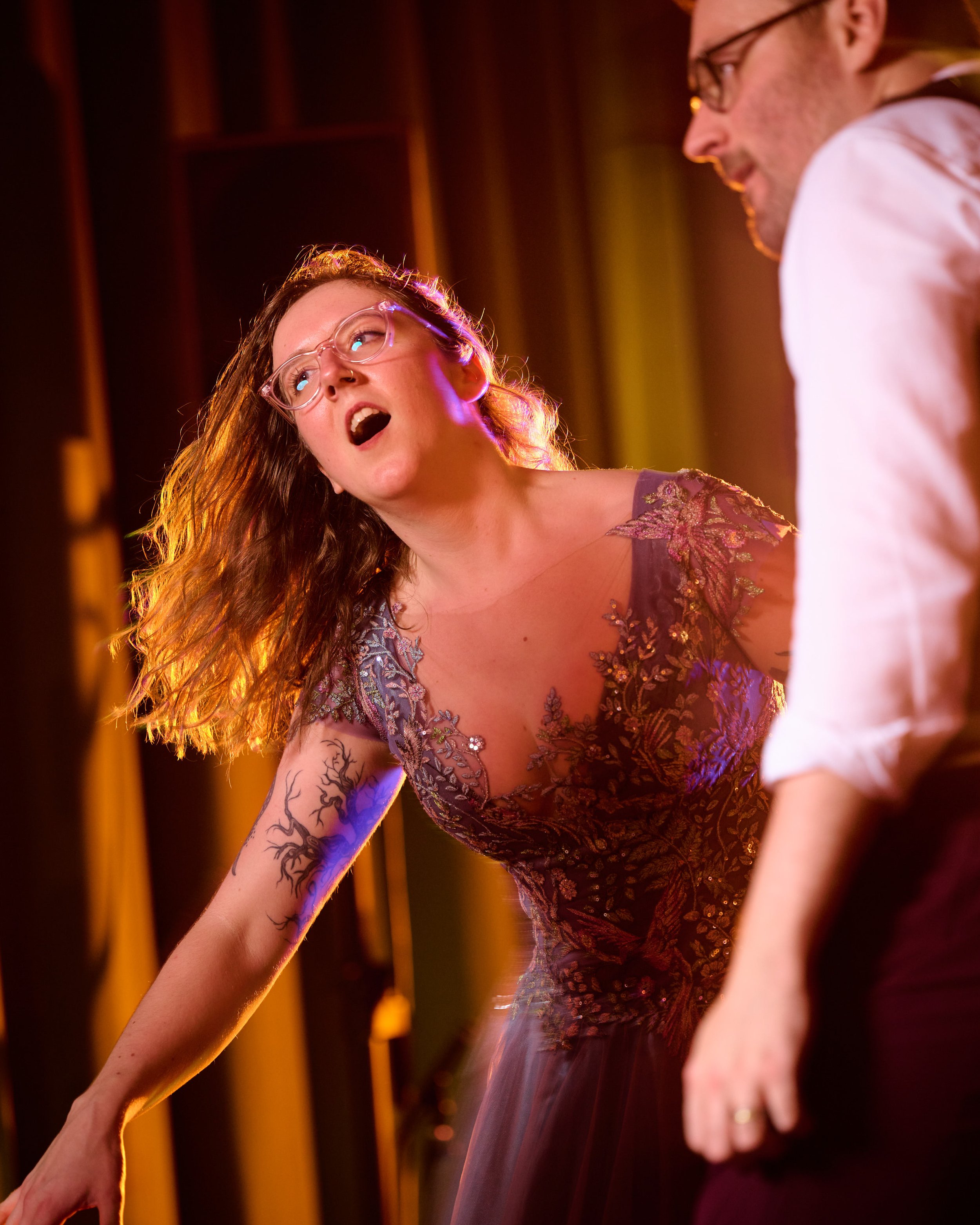I get this all the time, and typically a second shooter (as we call them) are recommended for “capturing every moment” etc. However, I don’t think they are necessary for most cases, and can even be a liability!
Me, my assistant Rosie, Maid of honour, Bride, and Groom. Photographed by a Second photographer Lou White at Hodsock Priory
If the various guests to the photographed are commonly going to be in multiple locations, doing unique things, then yes, it’s a good idea, but I on my own am quite the ninja if I do say so myself. As mentioned in a previous post, I burst shoot a lot at weddings and plan to overshoot everything, even knowing it will take me a lot more time in post, I on my own will capture a lot more unique moments throughout a day than two or three other photographers may do. More people doesn’t equal more betterer (this misspelling is an internet joke, in case you hadn’t seen it before). I pride myself on being out of the way, using longer focal lengths from greater distances, and focussing on candid photography. I want to add minimal intrusion to your day. Even if you want a great stills and video package such as S3V2, it will just be me and my assistant, yet you’ll be receiving amazing stills and video from the day. Comparable deliverables may normally require a team of people (1st photographer, 2nd photographer, 1st assistant, 2nd assistant, videographer, audio capture, video assistant). I think there is actually even more inherent value in having 2 people, instead of 7.
Now, I do include a second photographer in my S4 package, and you can add them to any package, but this is because my second of choice shoots film. They will capture completely different images to myself, and with the ‘Duo’ album included in S4 that means the different paper textures and layouts throughout the book can really be shown off to their best.
A second photographer riding in the wedding car
I very much dislike editing a wedding shoot that is a mixture of two photographers work, each using two different digital cameras. Those 4 camera bodies don’t look different enough to be clear, but they also don’t look alike enough to be seamless, whereas if my second is using film, those are a clear difference. If you are into the idea of analogue photography at your wedding this is a great way to go. It is very risky to only have a film photographer, as there are lots of reasons why they could not capture all those moments like I will, but having them supplementing, adding further dimension, now that’s truly special.
























